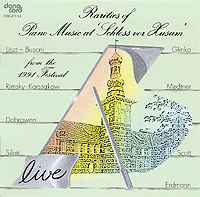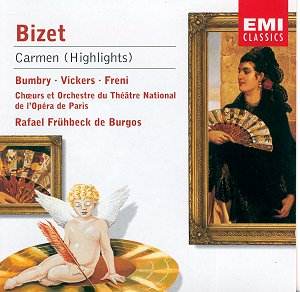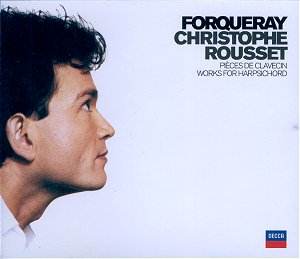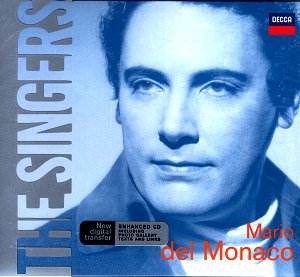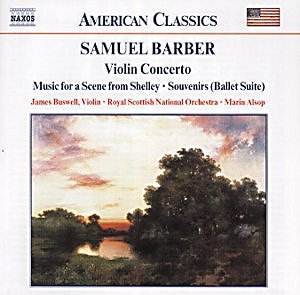 Composer: Samuel Barber
Composer: Samuel Barber
Works: Violin Concerto, Op. 14 (1941); Souvenirs Ballet Suite, Op. 28 (1952); Serenade for Strings, Op. 1 (1928); Music for a Scene from Shelley, Op. 7 (1935)
Performers: James Buswell (violin), Royal Scottish National Orchestra
Recording: 27/1/01 (Violin Concerto); 11-12/5/00 (Souvenirs); 3-4/5/00 (remainder) in Henry Wood Hall, Glasgow
Label: NAXOS
Barber’s music, emblematic of mid-20th-century American compositional aesthetics, has a distinct melodic charm that resonates with both the audience and performers alike. The works featured in this Naxos recording, under the baton of Marin Alsop and featuring the Royal Scottish National Orchestra, illustrate Barber’s evolution from his early neoclassical roots to the lush, lyrical style that would define much of his later output. The Violin Concerto, one of Barber’s most celebrated compositions, stands at the forefront here, alongside the more whimsical Souvenirs, the early Serenade for Strings, and the evocative Music for a Scene from Shelley.
James Buswell’s interpretation of the Violin Concerto showcases both technical prowess and emotional depth. The opening movement, marked “Andante sostenuto,” allows Buswell to exploit the rich, sonorous qualities of the Stradivarius, although one might argue that the violin’s tone lacks the full-bodied warmth typically expected of such an illustrious instrument. The recording captures the intricate interplay between the soloist and orchestra, particularly noting how the woodwinds and strings weave together Barber’s signature lyricism. However, there is a slight wiry quality to Buswell’s sound that raises questions about the recording setup or perhaps the violin’s placement in the hall.
The second movement, “Allegro,” shifts dramatically in mood and rhythm, a whirlwind of virtuosic demands that Buswell meets with fervor. His articulation during the frenetic passages is commendable, though moments of slight unevenness suggest a need for greater clarity in the rapid passages. Alsop’s conducting brings an admirable sense of drive and rhythmic vitality, effectively conveying the manic energy Barber intended, yet one wonders if a more nuanced approach could have illuminated the contrasting lyrical moments more fully.
In juxtaposition to the Violin Concerto, the Souvenirs Ballet Suite presents a lighter, more playful character. Its six short movements evoke a nostalgic ambiance, effectively capturing the charm of an imagined early 20th-century New York setting. The performance here is buoyant, with the orchestra demonstrating a fine grasp of Barber’s idiomatic rhythms, which Alsop has cultivated well, despite initial reservations about the stiffness noted in earlier recordings. The Serenade for Strings, arranged from Barber’s early work for string quartet, provides a delightful contrast, offering tuneful and well-crafted lines that, while not groundbreaking, exhibit the composer’s innate melodic gift.
The Music for a Scene from Shelley, while less frequently performed, serves as a testament to Barber’s early engagement with impressionistic influences, particularly Debussy. The work unfolds with a delicate orchestration that captures the ethereal quality of its inspiration. The orchestra’s ability to navigate the subtleties of this one-movement piece is commendable, showcasing the dynamic range and color that Barber so masterfully employed.
Recording quality throughout is commendable, with clear delineation of individual instruments and a balanced soundscape that allows for both solo and ensemble passages to shine. The engineering captures the nuances of Barber’s orchestration, although the aforementioned tonal concerns with the violin remain a slight disappointment.
This disc stands as a worthy addition to the Barber discography, particularly for those seeking to explore the breadth of his musical language. While Buswell’s performance in the Violin Concerto may not eclipse previous interpretations by the likes of Gil Shaham or Joshua Bell, it remains a heartfelt portrayal that, alongside the well-executed orchestral accompaniments, presents a compelling case for Barber’s enduring appeal. The overall presentation by Naxos, with its attention to detail and well-researched contextual notes, enriches the listener’s experience, leaving one with an acute awareness of Barber’s significant place in the American musical canon.
